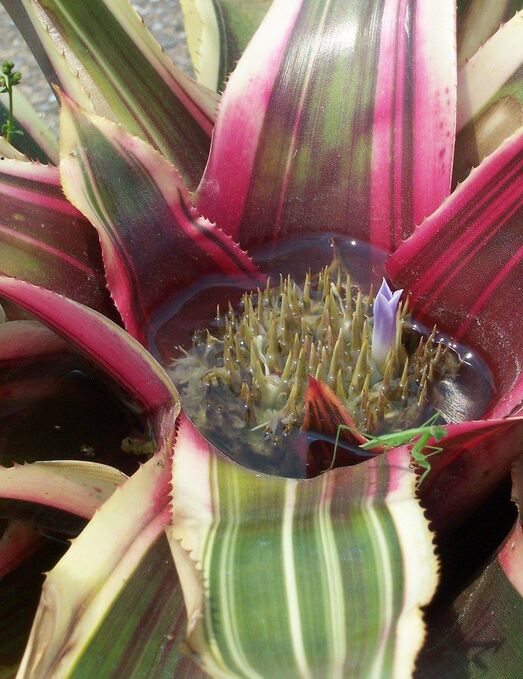- Home
- Join us! Membership
-
Meetings/Events
- Past: July 2024
- Past: May in the Garden
- Past: April 2024
- Past: February 2024
- Past: January 2024
- Past: December 2023
- Past: Nov. 2023
- Past: Oct. 2023
- Past: Sept. 2023
- Past: July 2023
- Past: May Tour
- Past: June 10-11 Show & Sale
- Past: April 2023
- Past: March 2023
- Past: February 2023
- Past: January 2023
- Past: Oct. 2022
- Past: Sept. 2022
- June Show & Sale Balboa Park
- Past: May 2022
- World Brom Conference 2022
- Past: April 2022
- Past: March 2022
- Past: Feb 2022
- Past: Dec. 2021 Plant Sale
- Past: Dec 2021
- Past: Nov 2021
- Past: Expo at SD Botanic Garden
- Past: August 2021
- Past: July 2021
- Past June 2021
- Past: May 2021
- Past: April '21
- past: March '21
- past: February '21
- past: January '21
- Past: December
- Past: October
- Past: September
- Past: November
- August Coffee in the Brom Garden
- Past Newsletters
- Videos
- About Us/Past Events
- Bromeliad Genera
- Links
- Growing Tips
We call them simply Neo's.
 typical "pincushion" flower form
typical "pincushion" flower form
The genus Neoregelia contains many different plants that are fun to grow. There are many species in this genus, yet most of the plants grown by hobbyists are hybrids. Species oftenused: carolinae, meyendorfii, carcharadon, olens, punctatissma and princeps. Like many (if not most) bromeliads, Neoregelias in nature grow as epiphytes in trees, some as hosts to poison dart tree frogs. So grow them in your typical free-draining bromeliad potting mix.
These plants can be quite prolific; simply cut of the offsets that grow attached to their "mother" when they are approximately 1/3 to 1/2 the mother's size. Sever with as much tissue from the offset's base as possible. Then let them cure for a few hours or a day before potting.
These plants can be quite prolific; simply cut of the offsets that grow attached to their "mother" when they are approximately 1/3 to 1/2 the mother's size. Sever with as much tissue from the offset's base as possible. Then let them cure for a few hours or a day before potting.
A growing tip from Scott: Don't let mosquitoes breed in the cup! My experience is that they are particularly attracted to the rather foul water that exists when the old flowers begins to decompose. So flush every two weeks or spray with liquid Bacillus thuringiensis israelensis (Bti).
Above: the justly popular Neoregelia johannis 'DeRolf'
Photos from joleethomp Nico Nelson
- Home
- Join us! Membership
-
Meetings/Events
- Past: July 2024
- Past: May in the Garden
- Past: April 2024
- Past: February 2024
- Past: January 2024
- Past: December 2023
- Past: Nov. 2023
- Past: Oct. 2023
- Past: Sept. 2023
- Past: July 2023
- Past: May Tour
- Past: June 10-11 Show & Sale
- Past: April 2023
- Past: March 2023
- Past: February 2023
- Past: January 2023
- Past: Oct. 2022
- Past: Sept. 2022
- June Show & Sale Balboa Park
- Past: May 2022
- World Brom Conference 2022
- Past: April 2022
- Past: March 2022
- Past: Feb 2022
- Past: Dec. 2021 Plant Sale
- Past: Dec 2021
- Past: Nov 2021
- Past: Expo at SD Botanic Garden
- Past: August 2021
- Past: July 2021
- Past June 2021
- Past: May 2021
- Past: April '21
- past: March '21
- past: February '21
- past: January '21
- Past: December
- Past: October
- Past: September
- Past: November
- August Coffee in the Brom Garden
- Past Newsletters
- Videos
- About Us/Past Events
- Bromeliad Genera
- Links
- Growing Tips









